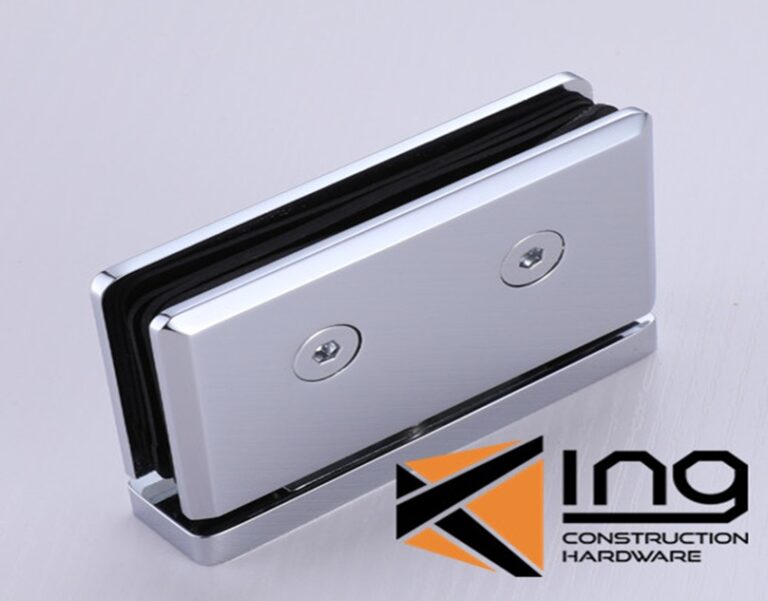Laser tattoo removal is widely recognized for its ability to target unwanted ink, but many people wonder how effective it is on delicate or intricate designs, particularly fine lines. Tattoos with thin lines require a precise approach because the ink is less dense, and the surrounding skin may be more sensitive. Understanding the nuances of treating fine lines can help individuals set realistic expectations and achieve the best possible results. Laser Tattoo Removal in Dubai has refined techniques specifically designed to handle these delicate tattoos with accuracy and safety.
Challenges of Fine Line Tattoos
Fine line tattoos are often more intricate and detailed, which can make removal slightly more complicated compared to larger, bolder designs. The challenges include:
- Precision Required: Thin lines mean that the laser must target the ink without affecting nearby skin.
- Ink Density: Fine line tattoos often use less ink, which can sometimes fade faster but may also scatter differently, requiring careful targeting.
- Skin Sensitivity: Because fine line tattoos are usually applied on visible areas such as the wrists, hands, or neck, the skin may be thinner and more sensitive, increasing the need for gentle treatment.

How Laser Technology Works on Fine Lines
Modern laser systems, such as pico and Q-switched lasers, are highly effective for fine line tattoo removal. These lasers deliver energy in controlled pulses, breaking down ink particles while minimizing trauma to surrounding tissue. The precision of these lasers allows technicians to focus on the intricate details without causing unnecessary damage to the skin.
Benefits of Advanced Laser Techniques
- Targeted Energy: Lasers can be adjusted to treat specific depths and ink densities, which is essential for delicate lines.
- Minimal Skin Damage: Fine line tattoos often require subtle energy, which reduces the risk of scarring.
- Faster Healing: Smaller, less dense tattoos tend to heal quicker, making the process more comfortable for the patient.
Factors That Affect Removal Success
Several factors influence how well fine line tattoos respond to laser removal:
- Ink Color: Darker colors such as black and navy respond more effectively to laser treatment, while lighter inks like yellow and pastels may take longer to fade.
- Tattoo Age: Older fine line tattoos often fade more easily because the ink has naturally broken down over time.
- Location on the Body: Areas with thinner skin may experience more sensitivity but generally allow for precise treatment.
- Aftercare Compliance: Proper post-treatment care ensures better results and minimizes potential complications.
The Procedure for Fine Line Tattoos
Treating fine lines often involves multiple short sessions rather than a single extended session. This approach allows the technician to focus on specific areas and ensure consistent fading. The body’s natural immune system gradually removes the fragmented ink particles between sessions, resulting in progressive and noticeable improvement.
Recovery and Aftercare Tips
- Keep the treated area clean and moisturized to promote healing.
- Avoid direct sunlight to prevent pigmentation changes.
- Follow any instructions for topical treatments or protective coverings to prevent irritation.
- Monitor the skin for signs of infection or prolonged redness and consult a professional if necessary.
Advantages of Laser Treatment for Fine Lines
- Precision: Lasers can target individual lines without affecting surrounding skin.
- Minimal Scarring: Advanced technology ensures that the skin remains smooth and intact.
- Effective on Delicate Areas: Even sensitive locations like the face, hands, or neck can be treated safely.
- Gradual and Controlled Fading: Multiple sessions allow for careful monitoring of the tattoo’s fading process.
Potential Limitations
While laser removal of fine line tattoos is generally effective, some limitations exist:
- Multiple Sessions Required: Complete removal may take several treatments, depending on the tattoo’s complexity.
- Variability in Ink Response: Some ink colors may respond slower or require specialized laser wavelengths.
- Temporary Discomfort: Redness, swelling, or minor discomfort is common, especially in sensitive areas.
Tips for Maximizing Results
- Stay patient and adhere to scheduled sessions for optimal fading.
- Avoid self-removal methods or home remedies that could damage the skin.
- Protect the treated area from sun exposure before and after each session.
- Maintain a healthy lifestyle to support the immune system in breaking down ink particles.
Laser tattoo removal has proven highly effective for fine line tattoos, especially when performed with advanced technology and a careful approach. Precision, proper aftercare, and patience are the keys to achieving noticeable fading while preserving healthy skin. Laser Tattoo Removal Dubai continues to provide specialized solutions for individuals seeking to remove delicate or intricate tattoos safely and efficiently.
Conclusion
Removing fine line tattoos requires a combination of precision, advanced laser technology, and thoughtful aftercare. While the process may involve multiple sessions, the results can be highly satisfactory with minimal scarring. Fine line tattoos on visible or sensitive areas can be safely treated, offering individuals the opportunity to achieve clear, ink-free skin. With patience and professional guidance, laser tattoo removal ensures that even the most delicate tattoos can be effectively faded or erased over time.



